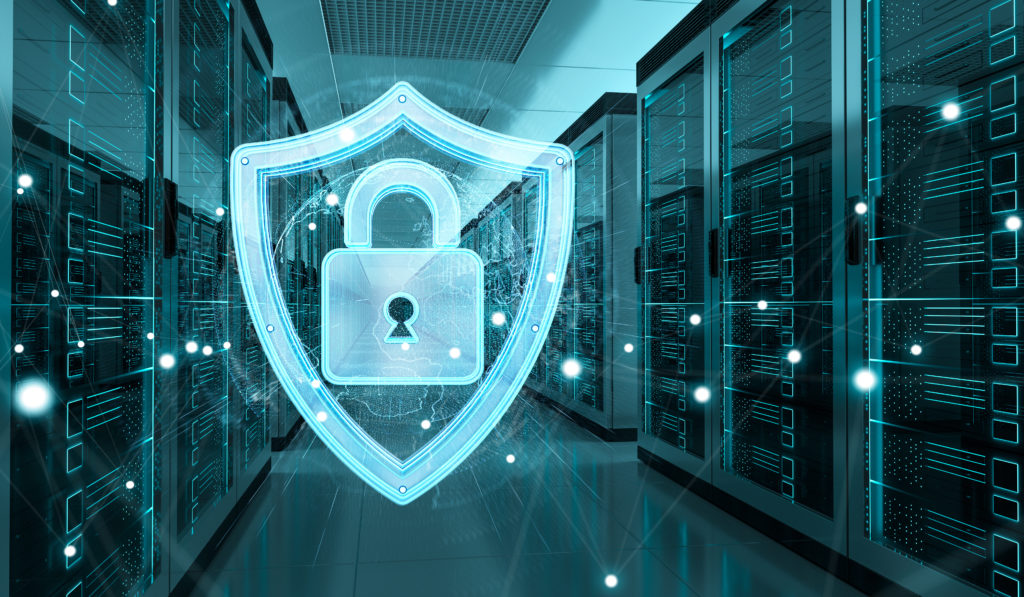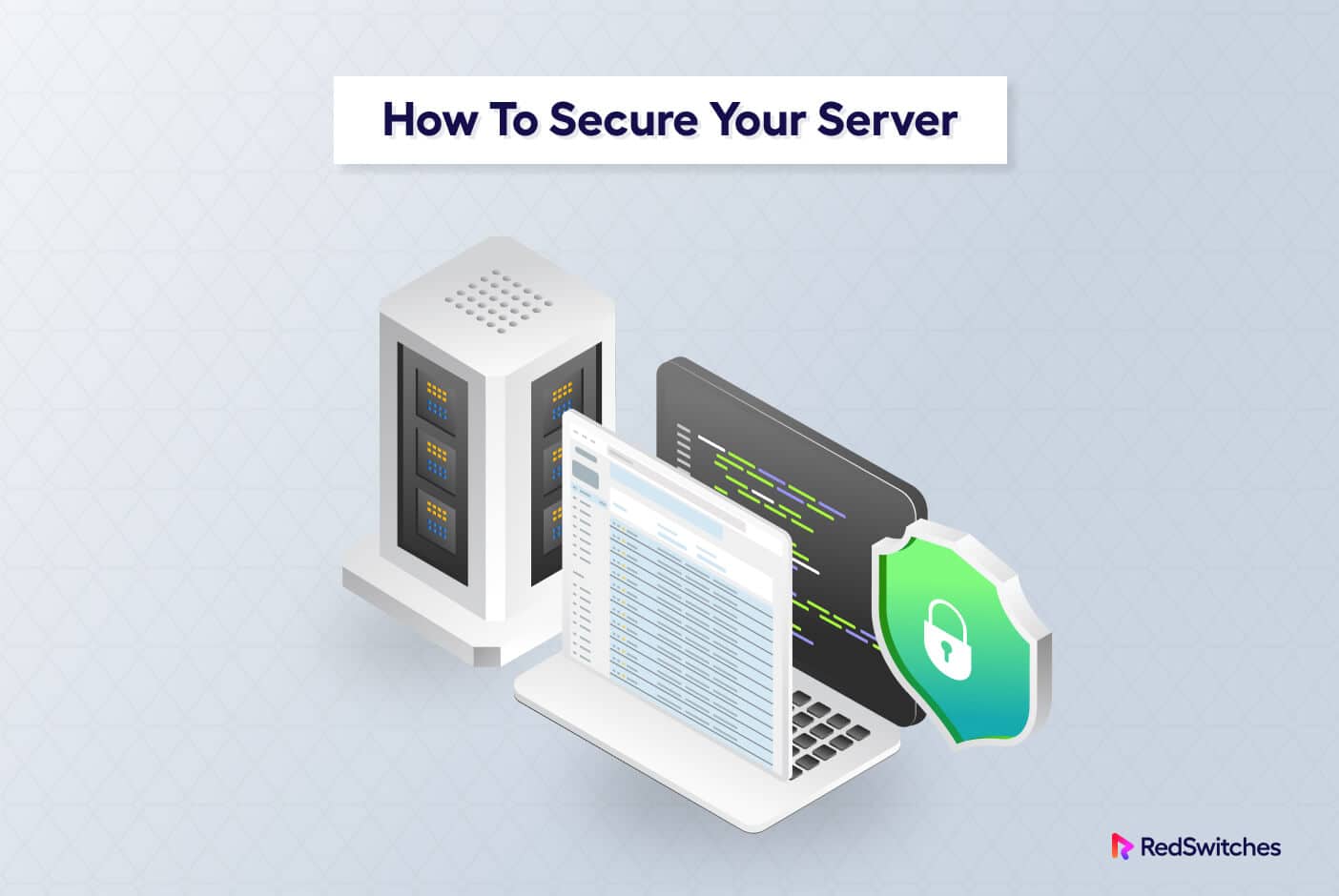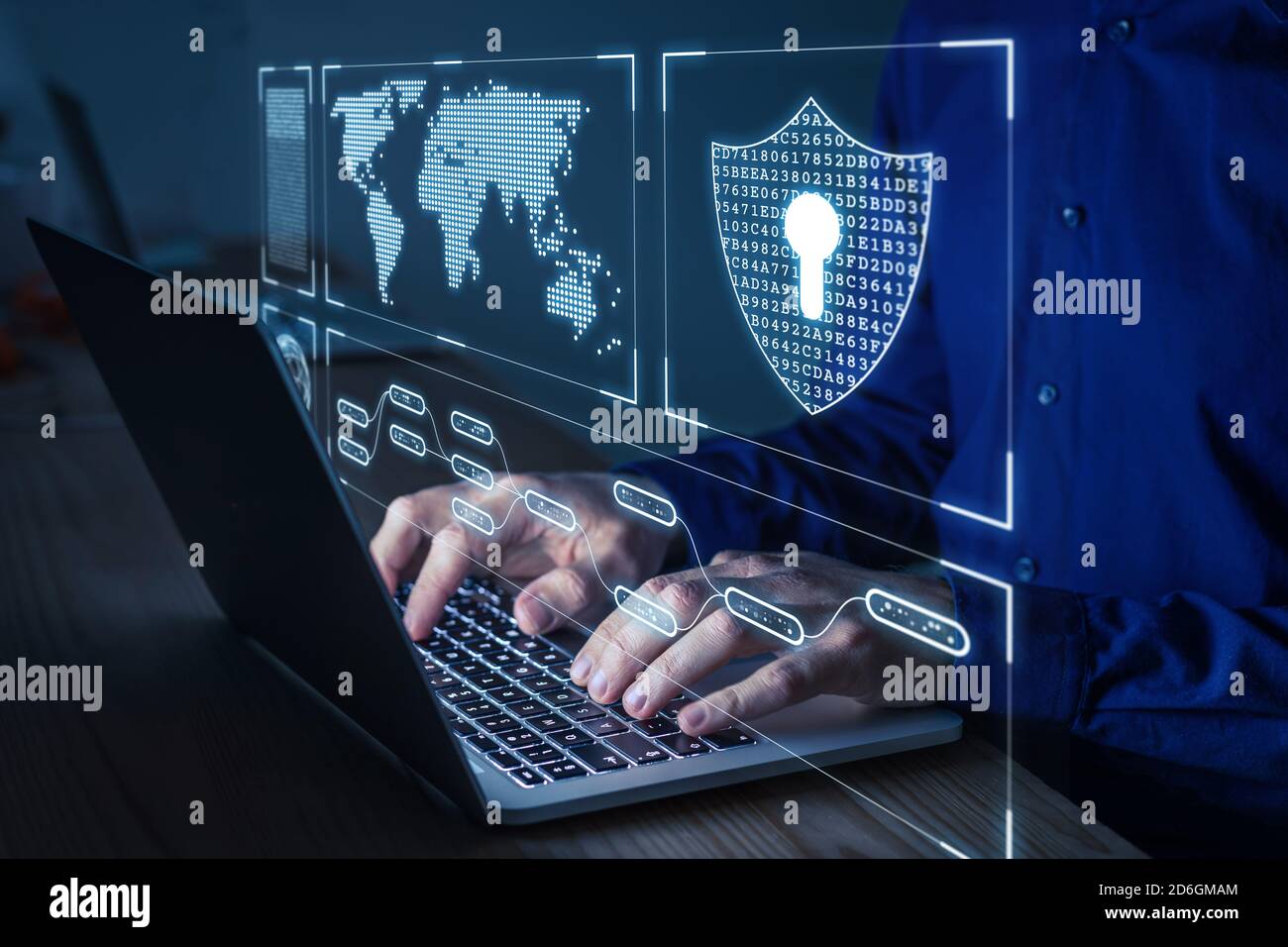How to Secure a Server Against Global Cyber Threats
Exploring the strategies to safeguard a server from global cyber threats, this introduction sets the stage for an insightful discussion on fortifying server security. It delves into the critical aspects of protecting servers in an interconnected digital landscape.
The following paragraphs will delve into the specific measures and practices essential for enhancing server security against prevalent cyber threats worldwide.
Understanding Global Cyber Threats

Global cyber threats refer to malicious activities targeting servers and networks worldwide, often with the intent to steal data, disrupt operations, or cause financial harm.
Common Types of Cyber Threats
- Malware: Malicious software designed to infiltrate systems and steal sensitive information.
- Phishing: Deceptive emails or messages used to trick users into revealing personal data.
- Ransomware: Software that encrypts files until a ransom is paid, threatening data loss.
- DDoS Attacks: Distributed Denial of Service attacks overwhelm servers with traffic, causing downtime.
Impact of Global Cyber Threats
Cyber threats can have severe consequences on server security, leading to data breaches, financial losses, reputational damage, and operational disruptions. Organizations must implement robust security measures to protect against these threats.
Implementing Strong Authentication Measures

Implementing strong authentication measures is crucial for securing a server against global cyber threats. Strong authentication helps ensure that only authorized individuals have access to sensitive data and resources, reducing the risk of unauthorized access and potential security breaches.
Comparing Multi-Factor Authentication with Biometric Authentication
Multi-factor authentication involves the use of multiple verification methods to confirm a user's identity, such as combining a password with a one-time code sent to a mobile device. On the other hand, biometric authentication uses unique physical characteristics like fingerprints or facial recognition to verify identity.
- Multi-factor authentication provides an additional layer of security beyond just passwords, making it harder for attackers to gain unauthorized access.
- Biometric authentication offers a high level of security as it relies on unique biological traits that are difficult to replicate or steal.
- Both methods enhance server security by requiring more than just a password for authentication.
Setting Up Robust Password Policies
Establishing robust password policies is essential to prevent unauthorized access to a server. Here are steps to set up strong password policies:
- Require complex passwords with a mix of uppercase and lowercase letters, numbers, and special characters.
- Enforce regular password changes to reduce the risk of password compromise.
- Implement account lockout mechanisms to prevent brute-force attacks on user accounts.
- Educate users on the importance of creating strong passwords and avoiding password reuse.
Securing Network Communication
Securing network communication is crucial in protecting a server against global cyber threats. Encrypting network traffic is a key measure to ensure that sensitive data transmitted between servers and clients remains secure and confidential.
Encrypting Network Traffic
Encrypting network traffic involves encoding data transmitted over a network to prevent unauthorized access or interception by cyber attackers. This encryption process converts the data into a secure format that can only be decoded by authorized recipients.
- Implementing Secure Socket Layer (SSL) or Transport Layer Security (TLS) protocols can help encrypt data during transmission, ensuring that it remains confidential and integral.
- Utilizing encryption algorithms like Advanced Encryption Standard (AES) can further enhance the security of network traffic, making it more difficult for cybercriminals to decipher the data.
- Regularly updating encryption protocols and algorithms is essential to address emerging threats and vulnerabilities effectively.
Role of Virtual Private Networks (VPNs)
Virtual Private Networks (VPNs) play a vital role in securing server communications by creating a secure and encrypted connection over a public network, such as the internet. VPNs establish a private tunnel through which data can be transmitted securely, safeguarding it from potential cyber threats.
- By using VPNs, organizations can ensure that data transmitted between servers and remote users is protected from eavesdropping or unauthorized access.
- VPNs can also help mask the actual IP addresses of servers, adding an extra layer of security and anonymity to server communications.
- Implementing VPN client software on devices accessing the server remotely can further enhance security by establishing secure connections for data transmission.
Configuring Firewalls for Network Traffic Filtering
Firewalls are essential components for securing network communication by filtering and monitoring incoming and outgoing traffic based on predefined security rules. Properly configuring firewalls can help prevent unauthorized access and malicious activities that may compromise server security.
- Define and implement firewall rules that specify which types of network traffic are allowed or blocked based on criteria such as IP addresses, ports, and protocols.
- Regularly update firewall rules to adapt to changing network threats and vulnerabilities, ensuring that the server remains protected against evolving cyber risks.
- Enable logging and monitoring features on firewalls to track network traffic, detect suspicious activities, and respond promptly to potential security incidents.
Keeping Software and Applications Updated
Regularly updating server software and applications is crucial in protecting your server against global cyber threats. Outdated software can expose vulnerabilities that cyber attackers can exploit, leading to potential data breaches, malware infections, and other security incidents.
Automating Software Updates
Automating software updates is an effective way to ensure timely patching of vulnerabilities and reduce the risk of security breaches. By setting up automatic updates, you can streamline the process and ensure that your server is always running the latest versions of software and applications.
- Enable automatic updates for operating systems, server software, and applications to receive the latest security patches and bug fixes.
- Configure the update settings to run during off-peak hours to minimize disruptions to server performance.
- Regularly check for updates and ensure that the automatic update feature is enabled for all software installed on the server.
- Monitor update notifications and alerts to stay informed about the status of software updates and address any issues promptly.
Monitoring and Intrusion Detection
Continuous monitoring is crucial for detecting potential security breaches in a server environment. By actively monitoring server activities, administrators can identify any suspicious behavior or unauthorized access attempts in real-time, allowing for immediate response to mitigate risks.
Role of Intrusion Detection Systems
Intrusion Detection Systems (IDS) play a significant role in identifying and responding to cyber threats by monitoring network traffic and system activities for signs of malicious behavior. IDS can detect anomalies, known attack patterns, and other indicators of compromise, providing administrators with early warnings of potential security incidents.
- IDS can help in detecting various types of attacks, such as malware infections, unauthorized access attempts, denial of service attacks, and more.
- They can analyze network packets, logs, and system events to identify unusual patterns or behaviors that may indicate a security breach.
- IDS can generate alerts or notifications when suspicious activities are detected, enabling administrators to investigate and respond promptly.
Setting up intrusion detection systems is essential for proactive threat detection and incident response in server security.
Setting up Real-time Alerts
To ensure timely detection of security incidents, it is crucial to configure real-time alerts for suspicious activities on the server. This allows administrators to receive immediate notifications when potential threats are detected, enabling them to take necessary actions to safeguard the server environment.
- Define specific alert thresholds based on the severity of security events to prioritize responses effectively.
- Integrate intrusion detection alerts with security information and event management (SIEM) systems for centralized monitoring and analysis.
- Regularly review and update alert configurations to adapt to evolving cyber threats and ensure optimal detection capabilities.
Last Recap

Concluding our exploration on securing servers against global cyber threats, it's evident that a proactive approach is crucial in safeguarding sensitive data and preventing potential breaches. By implementing robust security measures and staying vigilant, server administrators can effectively mitigate risks and maintain a secure online environment.
Commonly Asked Questions
How often should server software be updated?
Server software should ideally be updated regularly, with patches applied as soon as they are released to minimize vulnerabilities.
What is the significance of encryption in network communication?
Encryption plays a crucial role in safeguarding data as it travels across networks, preventing unauthorized access and ensuring privacy.
Why is continuous monitoring essential for server security?
Continuous monitoring allows for the detection of suspicious activities or security breaches in real-time, enabling swift responses to mitigate risks.